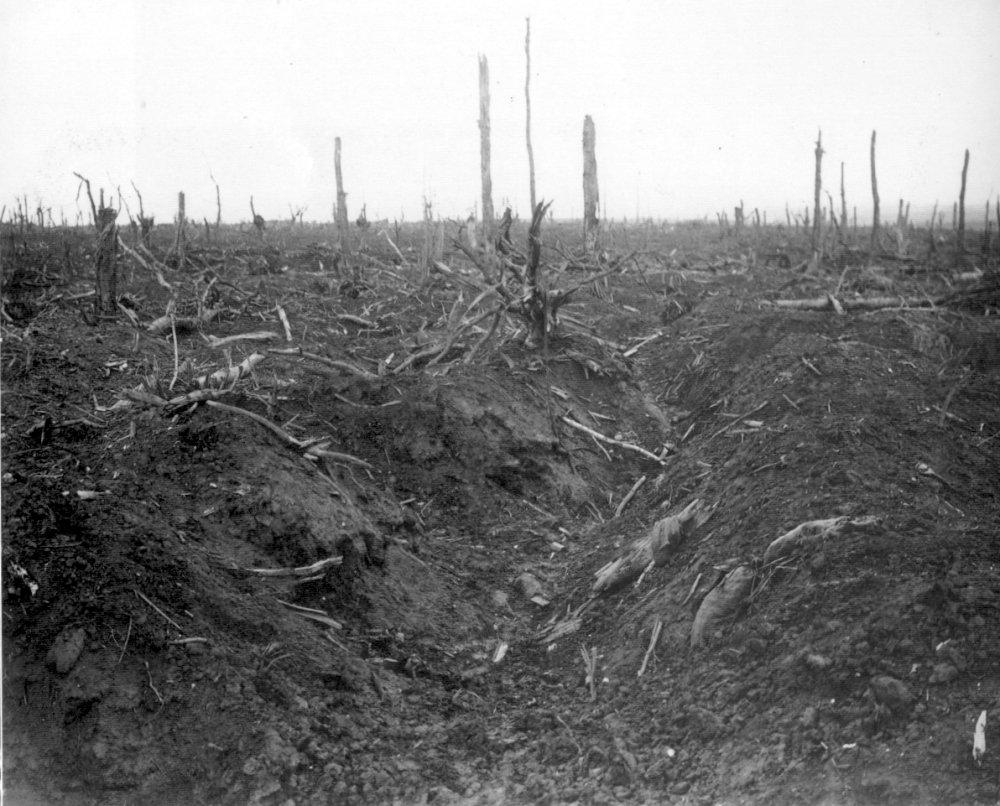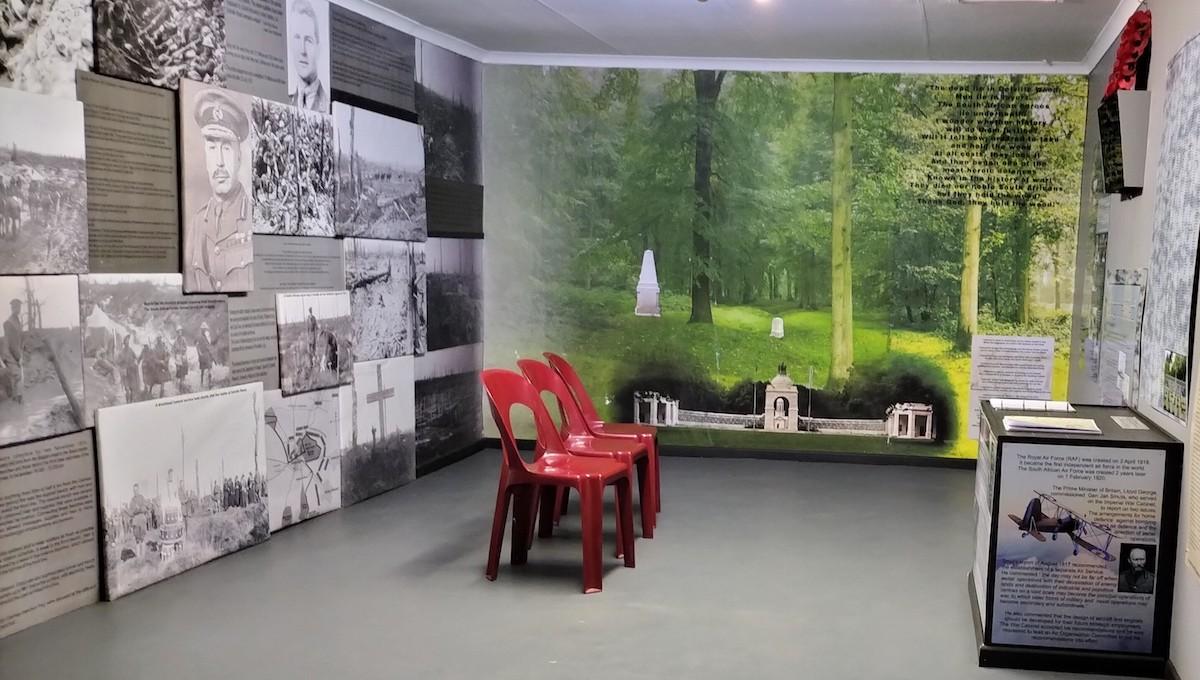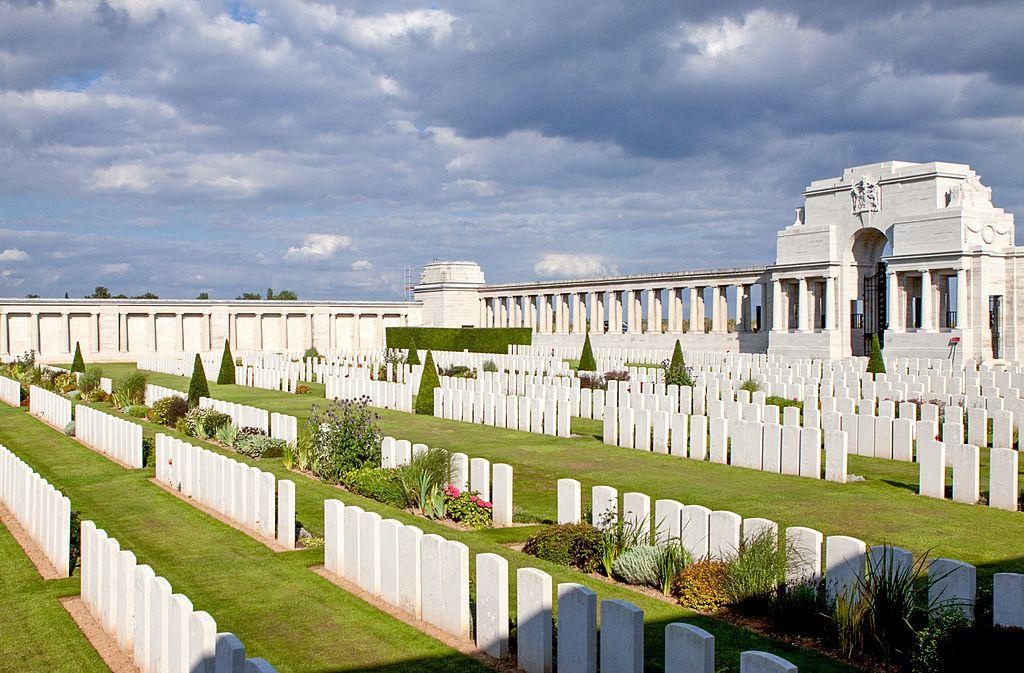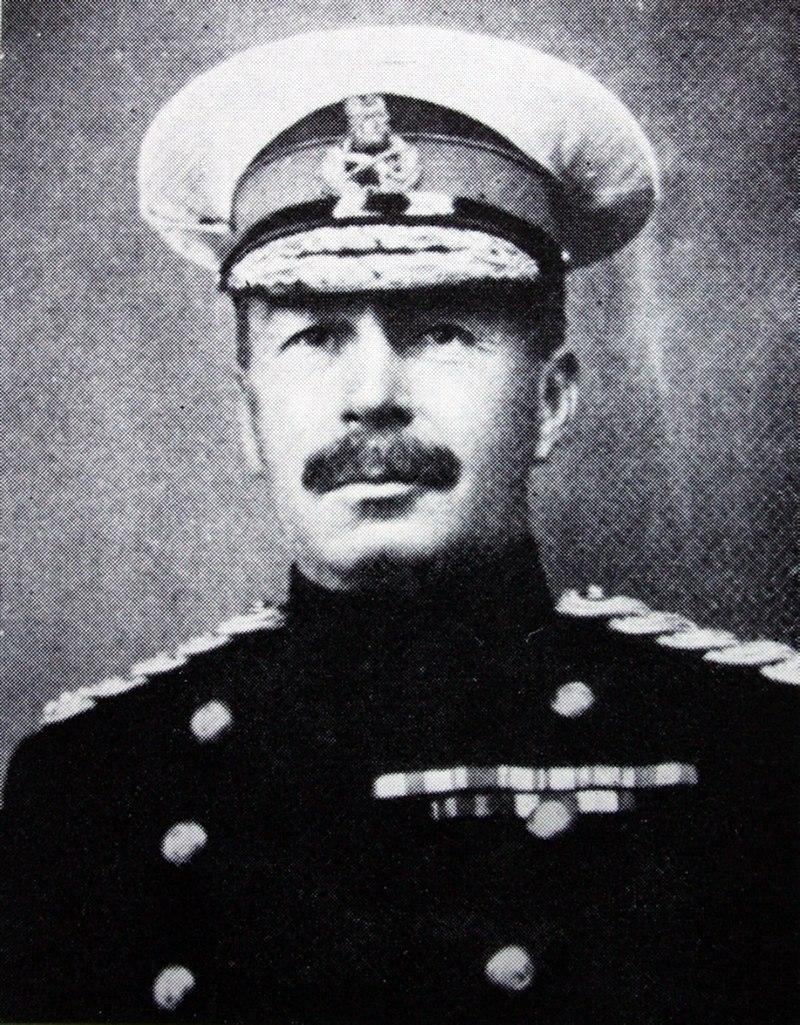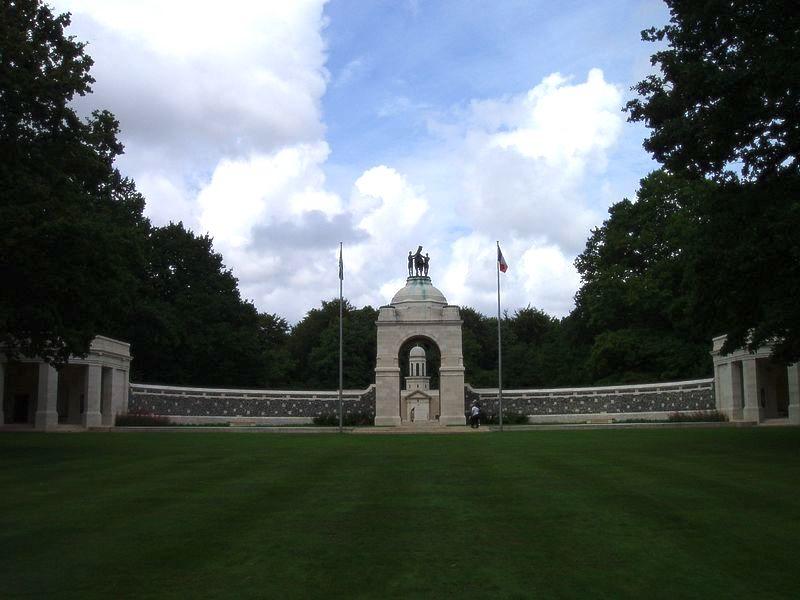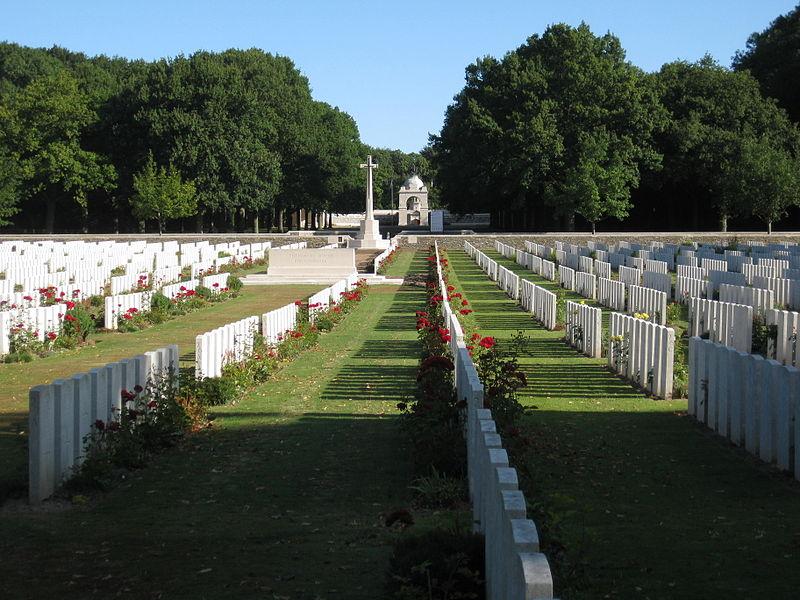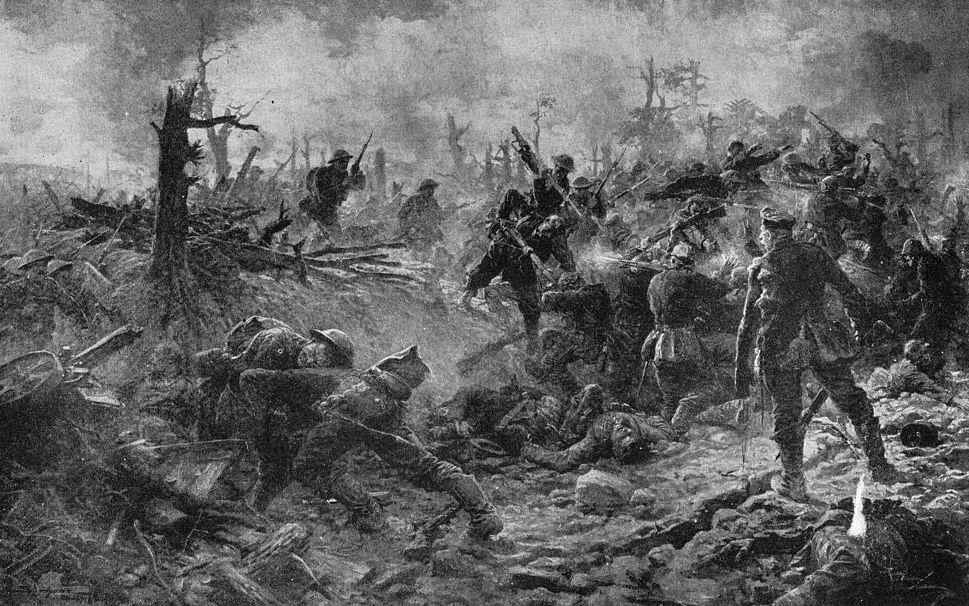
Disclaimer: Any views expressed by individuals and organisations are their own and do not in any way represent the views of The Heritage Portal. If you find any mistakes or historical inaccuracies, please contact the editor.
A visit to this battlefield leaves an indelible memory. The long walk up the immaculately mown grass, the rows of oak trees and what seems like forever, to reach the memorial. Walking along the “streets” and allowing the silence and feeling of sombreness to envelope you; your imagination trying to understand the horror that happened in this quiet and now beautiful wood, is not easy to describe. As a South African it is a very special experience.
The Times provided the following description of the battle:
No battlefield on all the Western Front was more bitterly contested than was 'Devil's Wood', where fighting, practically uninterrupted and intense, went on for six consecutive weeks from mid July till August 26 of 1916. It was in the first week of the struggle that the South African forces won their imperishable fame — grimly hanging on against overwhelming odds and repulsing counter-attacks by troops five and six times their number.
As one of the most important battles it is possibly best summed up by John Buchan (Lord Tweedsmuir): "There were positions as difficult, but they were not held so long; there were cases of as protracted a defence, but the assault was not so violent and continuous... "
Between 15th and 20th July 1916, the South African Brigade consisting of 3153 men, entered Delville Wood, a tactically important salient protruding into the German second line. They had been given an order to hold the wood at all costs.
They were subjected to an onslaught of such unrelenting and unmitigated violence that the wood itself disappeared, shattered by the ferocity and intensity of the artillery bombardments of friend and foe alike.
Abandoned German Trench in Delville Wood 1916 (Imperial War Museum via Wikipedia)
According to a German account: “The wood was a wasteland of shattered trees, charred and burning stumps, craters thick with mud and blood and corpses everywhere. In places they were piled 4 deep. Worst of all was the moaning of the wounded."
Having expended their ammunition, the men resorted to hand to hand combat. Throughout the cold and rainy weather the enemy rifle fire reached a rate of 400 shells a minute. They endured the hellfire of seven shells a second for eight hours on end.
When the Brigade was relieved, only 142 men emerged from the shambles. Eventually 720 men of the Brigade assembled (18 officers and 702 other ranks); 1709 had been wounded and 763 killed.
Delville Wood remained the most costly action the South African Brigade fought on the Western Front.
Nine men from Dundee died in this wood or as a result of wounds sustained here. The last man to walk out of this wood was a Dundee man - Capt Garnet George Green, who was awarded the Military Cross for having, “held the whole wood [Delville Wood] with 118 men (of his B Company of the Second Regiment), the whole day against three German Divisions.” He was wounded and on 20 July he was "the last [man] to leave the trench when relief arrived. He was promoted to the rank of Captain in January 1918; but on 23 March 1918, he was killed in action at Arras".
The Delville Wood Display at Talana Museum
Brigadier-General Tanner recommended Lt. Green for the DSO (Distinguished Service Order), but instead he was awarded a bar to his MC and the Prime Minister of South Africa, General Louis Botha, praised him in the South African parliament.
This brave man has no known grave but his name is recorded on the wall of the Pozières Memorial and, on the Cenotaph in his hometown, Dundee.
Pozières British Cemetery (Wikipedia)
Following the war, Delville Wood was purchased by the author and politician Sir Percy Fitzpatrick, and presented to South Africa.
This was followed by the standard French policy of repurchasing the land for one franc and granting South Africa the land in perpetuity for memorial purposes. The memorial was funded by public subscription.
Among those involved in organising the memorial was General Henry Lukin, who was appointed Deputy Chair of the Delville Wood Memorial Committee in July 1921. The South African National War Memorial, designed by Sir Herbert Baker, was handed over to the Government of the Union of South Africa at its inauguration on 10 October 1926.
Brigadier-General Henry Lukin (South African Archives via Wikipedia)
Delville Wood Memorial (Wiki Commons)
Delville Wood cemetery is the third largest in the Somme battlefield area. It is the final resting place of more than 5,500 servicemen of the First World War, with over 3,500 unidentified. Walking among the immaculate rows of graves that seem to stretch forever, reading the headstones, the sense of sadness at how young these men were and those headstsones with the inscription “Known unto God”. This phrase is used on the gravestones of unknown soldiers in Commonwealth War Graves Commission cemeteries. The phrase was selected by the British poet, Rudyard Kipling who worked for what was then the Imperial War Graves Commission during the First World War.
Delville Wood Cemetery (Wikipedia)
About the author: Pam McFadden has spent many years researching the battlefields of KwaZulu-Natal. She has been interested in them since a young child. As a registered specialist guide on these battlefields for the past 40 years her knowledge about events and the people involved is considerable. Since 1983 as curator, Pam McFadden has developed the Talana Museum in Dundee into one of the finest in the country. As part of the museum collections she has collected and created an extensive museum archive, that holds many treasures.
Comments will load below. If for any reason none appear click here for some troubleshooting tips. If you would like to post a comment and need instructions click here.

